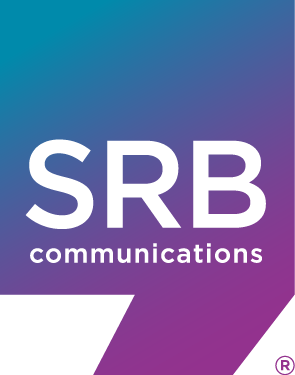News & Insights
How to Build a Buyer Persona
Hello, thanks for dropping by! You’re just in time to help me create a buyer persona for my new company. A buyer persona is an essential part of any marketing strategy. Personas help create categories in which a company can tailor its messages to. For this business, we’ll have to construct a persona to better understand our target audience and its relationship with the company. Ready?
What Is a Buyer Persona?
The obvious first step to creating a buyer persona is understanding what it is. A buyer persona is a semi-fictional representation you create based on a target market you’d like to message to. The more detailed the persona, the better. Give them a name, demographic details, interests, and behavioral traits. You should understand their goals for using the product or service you offer, what makes them hesitant to buy or use your product or service, and what they have relied on in the past. This should be a fun task. It’s not often you get to create an entire person from thin air.
Find a Target Audience
A buyer persona utilizes the data you collect on target audiences. You must find out who you audiences are before you can even begin to construct a persona. This requires data on your existing customers as well as predictions of who your future customers may be. Social media can be a great starting point by analyzing your followers and discovering which users are engaging most with the content. A company’s website is the treasure trove of data.
Using Google Analytics as a guide, you can assess the users that interact with a website and where they’re coming from. Consider things like age, gender, geographical location, languages, income, interests, etc. No detail is too small to include; the information you collect will start to reveal patterns you can capitalize on. For this company, let’s say we’ve found that our largest audience is women 30-45 years old, middle class, and moms among other detail.
Build a Character
This is where the fun comes in. You can take all the data you learned about the target audience and compile it into a person’s identity. Given our data we can determine a few things. Since our largest target market is female, let’s name our character Sally. From our data, we can also determine that Sally is 35, married, and has two kids. She doesn’t work and is in the middle class. As we start to add the bulk of our data, our persona becomes more and more real.
Once we’ve added the basic information that make up a human being, we can begin to incorporate personality into the persona. For instance, we should start to ask ourselves, “What are Sally’s hobbies?” and, “Is Sally a social person?” Developing Sally’s personality allows you to create a marketing strategy that is finely revised and specific to the details of who she is. Rather than building a buckshot strategy that hopes to encompass every person, personas target the exact person who is likely to buy your product or service.
Use Character to Craft a Message
Now that we have created our lovely Sally, it’s time to put her to work. What message should we try and convey to her to make her more interested in our business? Having built her, we understand what motivates her, what her hopes and dreams are, and her everyday life. Now we can develop a message that fits this. Again, the more detail you can put into the persona, the better. Knowing Sally’s likes and dislikes can help create a highly detailed message that addresses the complexity that humans have. Generally, this is how it should go: you ask yourself what Sally is looking for out of your product or why she would need it, and then you make the messaging reflect that.
This is an easy and fun process. Personas are a great exercise to advance your marketing on any campaign. As always, details are an important thing to remember. The more precise you are in the persona, the easier it becomes to make that perfect marketing strategy.



